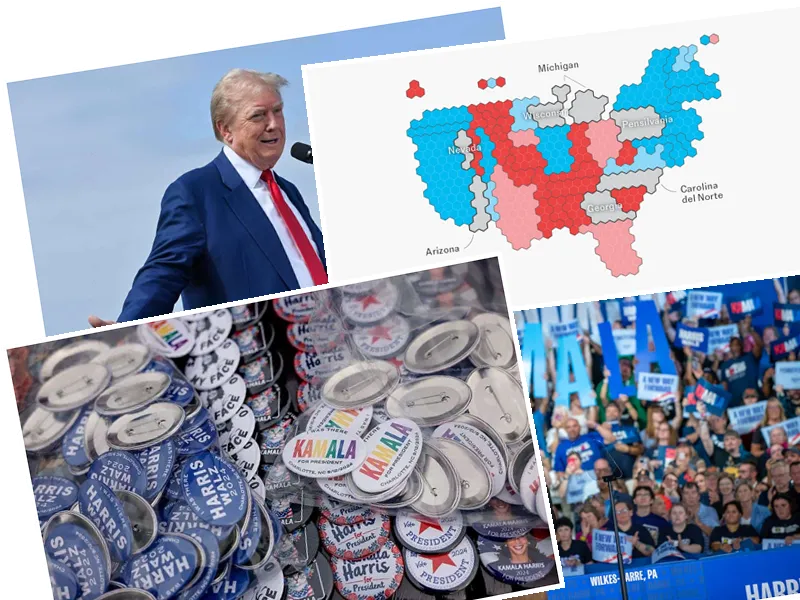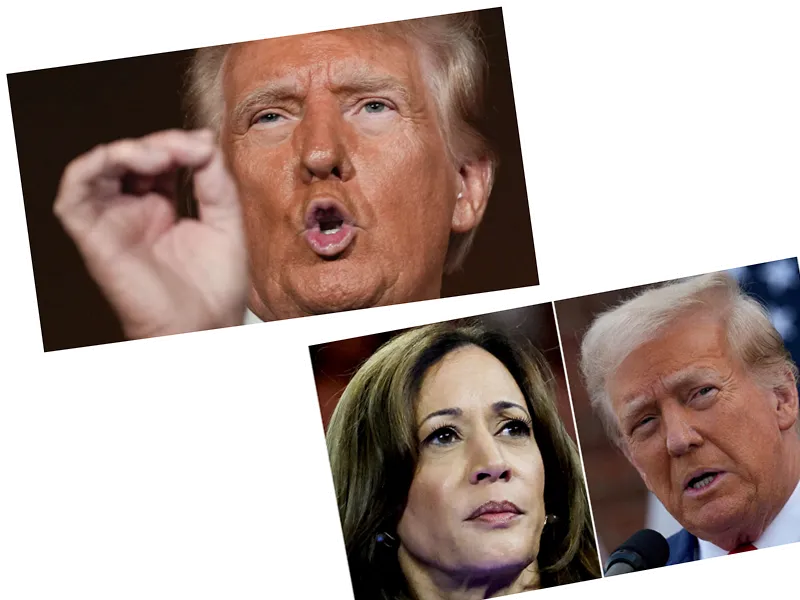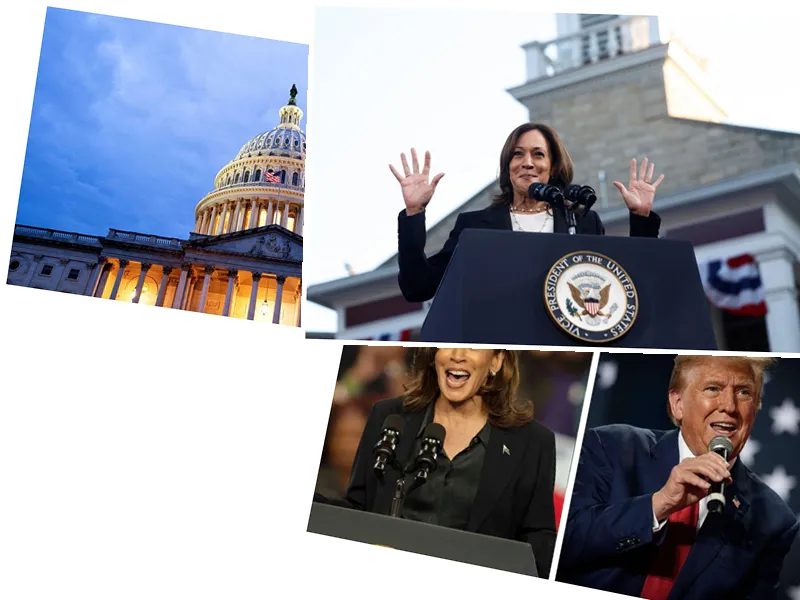Current Polling Landscape in the US Presidential Race
As the US presidential election approaches on November 5, the race between Vice President Kamala Harris and former President Donald Trump is tighter than ever. Recent polls indicate that both candidates have a 50% chance of winning, reflecting a highly competitive atmosphere just weeks before voters head to the polls. Poll-based models, such as those from FiveThirtyEight, suggest a slight edge for Harris, with a 50-55% probability of victory. However, prediction markets favor Trump, leading to discussions about which source offers a more accurate forecast.
Key States and Their Impact on the Election
The election's outcome largely hinges on swing states, which are critical battlegrounds that can sway the overall result. These states include Arizona, North Carolina, Georgia, Michigan, Nevada, Pennsylvania, and Wisconsin. According to recent data, Harris shows a slight lead in four of these key states—Michigan, Pennsylvania, Wisconsin, and Nevada—though the margins are razor-thin, often within the margin of error. Currently, Harris is estimated to have 226 electoral votes compared to Trump's 219, with 93 votes still up for grabs in these swing states.
The Unpredictable Nature of Swing States
Historically, swing states have been pivotal in determining the winner of presidential elections. In the 2020 election, Biden's campaign successfully flipped several swing states, and the current polling suggests a similar level of uncertainty this time around. With Trump's early lead in many swing states evaporating after Harris's nomination, the dynamics are shifting rapidly. The tight competition in these states means that the election outcome remains unpredictable, with both candidates capable of winning by a narrow margin.






